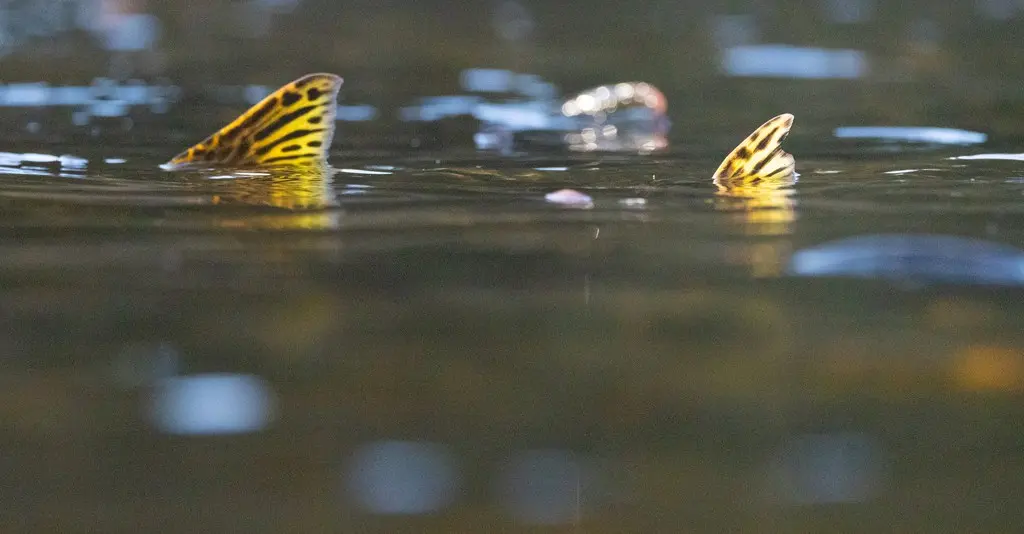The role of sustainable management of wild species by Indigenous Peoples and Local Communities (IPLCs) in meeting the post-2020 Global Biodiversity Framework (GBF)
Members of the Collaborative Partnership on Sustainable Wildlife Management and its partners will present their work illustrating the dependence of IPLCs on wild species, the various forms of benefit they derive from these resources, and how sustainable use of wild species contributes to enhancing the benefits to IPLCs and conserving the ecosystems and species involved.

Photo: John D. Reynolds / iNaturalist / CC BY-NC 4.0
The IPBES Sustainable Use of Wild Species summary for policymakers released in July 2022 revealed that more than 10,000 wild species are harvested directly for human food, with rural people in developing countries most at risk from unsustainable use. A fifth of the global population relies on wild plants for food and income, one-third depend on wood for cooking, and 70% of the world’s poor are directly dependent on wild species. Unsustainable use and management of these vital resources can create negative feedback that exacerbates poverty, depletes these resources, and degrades the ecosystems people depend on for survival. With indigenous peoples dependent on wild species in about 40% of the world's terrestrial conserved areas and 15% of global forests being managed as community resources by IPLCs, their role in species and ecosystem management is of utmost importance.
This side event will showcase work by the members of the Collaborative Partnership on Sustainable Wildlife Management and its partners that illustrates the dependence of IPLCs on wild species; the various forms of benefit they derive from these resources; how sustainable use of wild species contributes to enhancing the benefits to IPLCs and conserving the ecosystems and species involved; and how the traditional knowledge and practices of these communities support and enhance these efforts.
Examples and case studies will be drawn from work conducted in Africa, Asia, Europe and the Americas, covering sustainable use of wild resources ranging from wild meat to medicinal plants and other forest products. Lessons learned and best practices will be identified, and discussions will focus on actions by IPLCs, governments, CPW members and other stakeholders that can help support effective implementation of the relevant targets in the post-2020 global biodiversity framework and how progress can be measured.
